Rehabilitation Rest

How long does it take to recover from a sports injury ?
Recovering from a sports injury varies based on the type and severity of the injury, individual factors such as age and overall health, and commitment to rehabilitation. Acute injuries occur suddenly, often due to a specific event or trauma, while overuse injuries develop over time from repetitive stress without adequate rest or recovery. Chronic injuries are ongoing conditions that may have started as acute or overuse injuries but have not healed properly. Recovery timelines vary depending on the injury's severity, with minor sprains and strains taking several days to a few weeks to heal with proper rest and care, moderate injuries requiring several weeks to months for recovery, often involving physical therapy, and severe injuries like major fractures or complete ligament tears taking months to over a year for full recovery, typically requiring surgery and extensive rehabilitation. Key factors affecting recovery include age, overall health, commitment to rehabilitation, rest, and professional care. Tips for supporting recovery include following professional advice, maintaining a healthy lifestyle, staying positive, and gradually returning to activity. Patience, persistence, and a proactive approach to rehabilitation are key to achieving the best possible outcome.

How does sports psychology contribute to injury recovery and rehabilitation ?
Sports psychology can contribute to injury recovery and rehabilitation by helping athletes cope with psychological challenges, develop confidence and self-belief, establish good habits and routines, and adjust to life after injury. Incorporating sports psychology into an athlete's rehabilitation program can lead to better results and quicker recovery.

In what ways can sports psychology aid in injury rehabilitation and recovery ?
Sports psychology aids in injury rehabilitation by managing emotions, developing a positive mindset, promoting healthy habits, and helping athletes return to their previous level of performance.
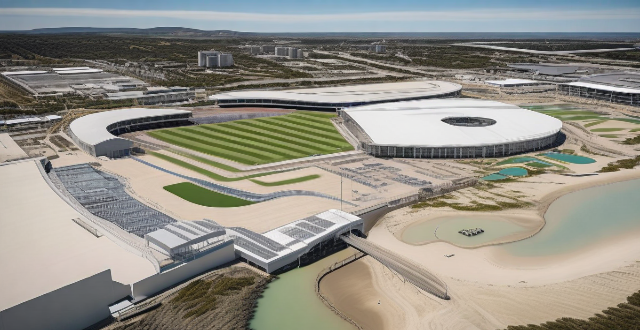
How do I know if my injury requires a visit to a sports rehabilitation center ?
The article provides a comprehensive guide on how to determine if a sports injury requires a visit to a sports rehabilitation center. Factors such as pain level, swelling and bruising, limited range of motion, and symptoms of instability or weakness are discussed. The article also lists specific symptoms that warrant a visit to a sports rehabilitation center and highlights the benefits of seeking professional help for sports-related injuries. Overall, the article emphasizes the importance of proper assessment and treatment of sports injuries to ensure a successful recovery.

How important is rest and sleep in sports recovery ?
Rest and sleep are crucial components of an athlete's recovery regimen, essential for muscle repair, CNS recharge, and mental clarity. Quality and quantity of sleep directly impact athletic performance through deep sleep phases and REM sleep. Practical tips include creating an optimal sleep environment, developing pre-sleep routines, and maintaining proper nutrition and hydration. Prioritizing rest and sleep is key to achieving peak physical condition and driving overall athletic success.
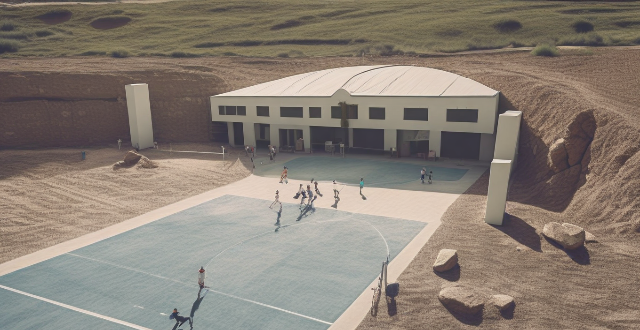
How effective are the treatments at sports rehabilitation centers ?
Sports rehabilitation centers play a crucial role in helping athletes recover from injuries and return to their peak performance levels. The effectiveness of treatments at these centers depends on various factors, including the expertise of the staff, the facilities available, and the individual needs of each athlete. In this article, we will discuss the key aspects that contribute to the success of sports rehabilitation programs.
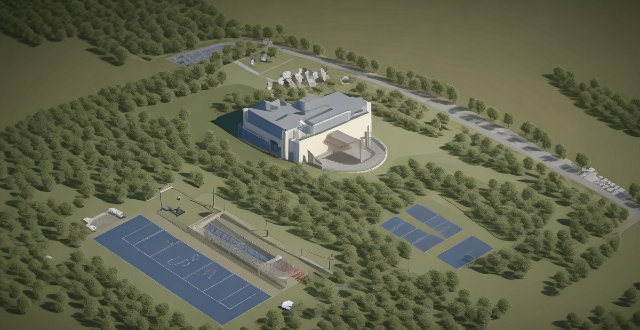
What qualifications should a sports rehabilitation center have ?
A sports rehabilitation center should have certified professionals, state-of-the-art equipment, evidence-based treatment approaches, comprehensive services, collaborative partnerships, and a comfortable environment to provide optimal care for athletes.

How often should I visit a sports rehabilitation center after an injury ?
The frequency of visits to a sports rehabilitation center after an injury depends on factors like the severity of the injury, individual healing capacity, and recommended treatment plan. Major injuries may require daily sessions initially, while minor injuries might need weekly visits. Individual healing rates also play a role, with some needing more time and support. The treatment plan outlines the recommended visit frequency and necessary interventions. Regular progress tracking helps determine if adjustments are needed. It's crucial to work closely with healthcare professionals for an effective rehabilitation process.

Can a sports rehabilitation center help me improve my overall fitness and performance ?
Sports rehabilitation centers offer customized programs, state-of-the-art equipment, professional staff, and mental health support to help athletes recover from injuries and improve their overall fitness and performance. By working with these centers, athletes can develop customized recovery plans, improve their performance, and learn proper techniques for exercising safely.

Are there any risks associated with the treatments offered at sports rehabilitation centers ?
Sports rehabilitation centers offer a range of treatments aimed at helping athletes recover from injuries and improve performance, but there are potential risks associated with these therapies. Incorrect diagnosis or misdiagnosis, overexertion or reinjury, adverse reactions to treatments, infection risks, and long-term effects of treatments are some of the common risks associated with sports rehabilitation treatments. Athletes should work closely with their therapists to ensure proper diagnosis and treatment planning while being aware of potential risks and seeking prompt medical attention if needed.

What types of injuries can be treated at a sports rehabilitation center ?
At a sports rehabilitation center, various types of injuries can be treated. These facilities specialize in providing comprehensive care for athletes and individuals who have sustained injuries during physical activities or sports events. The following are some of the common types of injuries that can be treated at a sports rehabilitation center: 1. Musculoskeletal Injuries 2. Soft Tissue Injuries 3. Overuse Injuries 4. Neurological Injuries
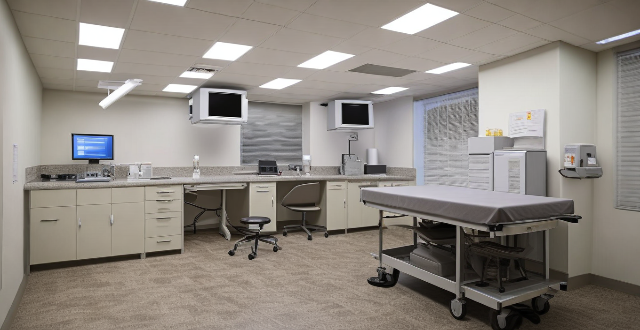
What kind of equipment do sports rehabilitation centers use in their treatments ?
Sports rehabilitation centers employ a range of equipment to aid athletes in injury recovery and performance enhancement, including therapeutic modalities like hot/cold packs, ultrasound, electrical stimulation, and laser therapy. Manual therapy tools such as foam rollers, massage tables, spinal traction tables, resistance bands, and weights are used. Rehabilitation machines include treadmills, exercise bikes, ellipticals, and rowing machines. Assessment tools encompass gait analysis systems, force plates, range of motion devices, and strength testing equipment. The variety of equipment is chosen based on the individual needs of the injured athlete, the type of injury, and the phase of recovery.

Can I use my health insurance to cover the costs of a sports rehabilitation center ?
The article discusses the factors determining whether health insurance can cover sports rehabilitation center costs, including plan type, policy terms, pre-authorization requirements, and network provider status. It suggests reviewing policy details, contacting the insurance provider, checking for in-network providers, and obtaining pre-authorization to maximize benefits and minimize out-of-pocket expenses.
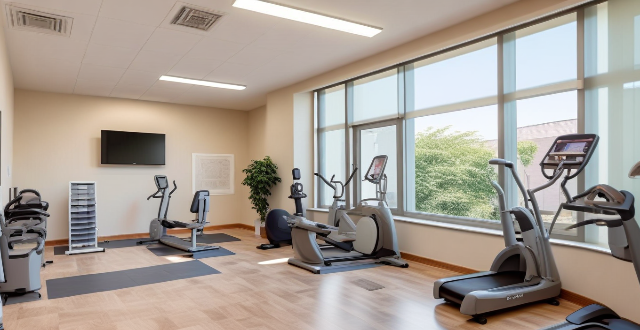
Can anyone benefit from the services of a sports rehabilitation center, or is it only for athletes ?
Sports rehabilitation centers offer a range of services, including physical therapy, athletic training, massage therapy, nutrition counseling, and mental health support, to help individuals recover from sports-related injuries and improve their overall physical health. These centers can benefit anyone who has experienced a sports injury or is looking to improve their physical fitness, not just athletes.
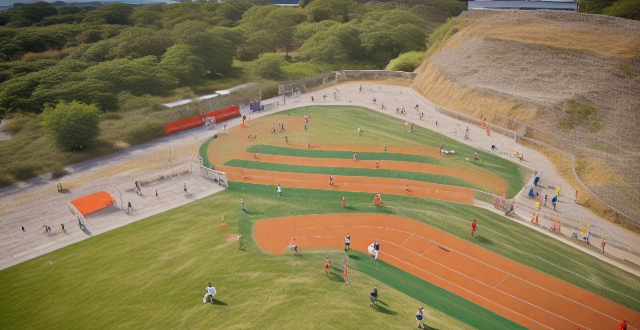
How long does it typically take to recover from an injury at a sports rehabilitation center ?
Recovering from an injury at a sports rehabilitation center is influenced by factors such as injury severity, type of injury, individual health and fitness level, and the quality of care provided. Recovery time can range from weeks for minor injuries to months or more for severe injuries. The recovery process involves assessment, immediate treatment, a personalized rehabilitation plan, implementation, monitoring and adjustments, gradual return to activity, and maintenance strategies to prevent re-injury. Working closely with the rehabilitation center staff and following their guidance is crucial for a successful recovery.

Is there a recommended amount of time to spend in bed for optimal rest ?
This text discusses the recommended amount of time to spend in bed for optimal rest. It emphasizes the importance of sleep for overall well-being and suggests aiming for 7-9 hours of sleep per night, with individual needs varying. The quality of sleep is also crucial, and good sleep habits can improve it. Chronic sleep deprivation can have serious consequences, so prioritizing sleep is essential for long-term health and happiness.

How important is rest and recovery in skill enhancement ?
The text discusses the importance of rest and recovery in the process of skill enhancement. It highlights the cognitive and physical benefits of taking breaks, such as improved mental clarity, memory consolidation, muscle recovery, and injury prevention. The practical implications include avoiding burnout, enhancing performance, and strategies for incorporating rest into practice schedules. Overall, the text emphasizes that rest is a crucial component of long-term skill development and should be given equal consideration alongside deliberate practice and training regimens.

How important is rest and recovery in a sports training plan ?
This article emphasizes the importance of rest and recovery in a sports training plan. It highlights that incorporating rest and recovery into a routine can prevent overtraining, enhance performance, and reduce the risk of injury. The article provides tips on how to incorporate rest and recovery into a training plan, such as scheduling regular rest days, using active recovery techniques, getting enough sleep, and staying hydrated. Overall, the article stresses the significance of giving the body time to heal and repair itself for optimal performance levels.

How important is rest and recovery during a tennis training camp ?
The text discusses the significance of rest and recovery in a tennis training camp. It outlines six key reasons why taking time to rest and recover is crucial: preventing overuse injuries, enhancing performance, promoting muscle growth and repair, improving immune function, enhancing learning and adaptation, and maintaining motivation and enjoyment. Incorporating adequate rest periods into the training schedule can ensure that athletes stay healthy, perform better, and derive maximum benefit from the camp experience.

How important is rest in the recovery process of a sports injury ?
The Importance of Rest in the Recovery Process of a Sports Injury Rest is crucial for healing, preventing further injury, reducing pain, and supporting mental health during recovery. Tips for proper rest include following doctor's orders, creating a comfortable environment, staying hydrated and nourished, getting enough sleep, and staying active (but safely).

What services do sports rehabilitation centers offer ?
Sports rehabilitation centers offer a variety of services to help athletes recover from injuries and improve their overall performance. These services include physical therapy, athletic training, strength and conditioning programs, sport-specific training, and recovery strategies. Physical therapy involves manual therapy, therapeutic exercise, and functional training to regain strength, flexibility, and mobility in injured areas. Athletic trainers assess injuries, develop personalized rehabilitation plans, and implement prevention strategies to reduce the risk of future injuries. Strength and conditioning programs focus on building muscle strength, increasing endurance, and improving flexibility through resistance training, cardiovascular training, and stretching exercises. Sport-specific training involves developing skills and techniques required for success in a particular sport, as well as mental preparation for competition. Recovery strategies such as cryotherapy, massage therapy, and proper hydration and nutrition help athletes recover from intense training sessions or competitions more quickly and efficiently.

Do sports rehabilitation centers offer preventative care to avoid future injuries ?
Sports rehabilitation centers play a crucial role in offering preventative care services to help individuals avoid future injuries. They provide comprehensive assessments, customized exercise programs, education and training, utilize advanced equipment and technology, and collaborate with healthcare professionals to improve overall health and reduce the risk of re-injury.

How do I choose the right sports rehabilitation center for me ?
This text provides information on how to choose the right sports rehabilitation center, considering factors such as staff qualifications, services offered, facilities and equipment, cost and insurance, location, and reputation.

How can sports medicine help athletes recover from surgery or injury ?
**Sports Medicine: Aiding Athletes in Recovery from Surgery or Injury** The field of sports medicine plays a critical role in helping athletes recover from injuries and surgeries. It involves a multifaceted approach that includes pre-operative management, post-operative care, rehabilitation programs, and facilitating a safe return to sport. Professionals in this area assess the injury, prepare the athlete for surgery, manage pain, provide physical therapy, offer nutritional and psychological support, and create tailored rehabilitation programs focusing on functional training, strength building, flexibility, and endurance. The ultimate goal is to ensure the athlete's complete recovery and prevent future injuries.

In what ways can virtual reality be utilized for medical training and therapy ?
Virtual reality is revolutionizing medical training and therapy by providing immersive, interactive experiences that simulate real-world scenarios. In medical training, VR offers hands-on practice in a safe environment, multisensory learning experiences, interactive anatomy education, and tools for surgical planning and collaboration. In therapy, it is used for pain management, motor skills rehabilitation, cognitive rehabilitation, mental health treatment, specialized interventions like ASD therapy, and neurorehabilitation. The potential of virtual reality in healthcare is vast, with ongoing technological advancements expected to bring further innovations in this field.

What is the cost of treatment at a sports rehabilitation center ?
The cost of treatment at a sports rehabilitation center can vary depending on several factors, such as the location, services offered, and the severity of the injury. Here's a breakdown of the potential costs you may encounter: 1. Initial Assessment Fee: This fee covers the initial evaluation by a physical therapist or sports medicine specialist. It typically ranges from $50 to $200, depending on the facility and region. 2. Physical Therapy Sessions: Each session usually lasts between 30 minutes to an hour. The cost per session can range from $75 to $200, again depending on the location and expertise of the therapist. Most insurance plans cover part of this cost, but you may have to pay a copay or coinsurance. 3. Specialized Treatments: Some centers offer specialized treatments like hydrotherapy, ultrasound therapy, or electrical stimulation. These treatments can add an additional $30 to $100 per session. 4. Equipment Rental or Purchase: If your recovery requires the use of special equipment (like crutches, knee braces, etc.), there will be an additional cost. Rental fees can vary widely, while purchasing outright might set you back anywhere from $50 to several hundred dollars. 5. Follow-up Appointments: As your recovery progresses, you might need follow-up appointments to assess your progress and adjust your treatment plan. These can cost anywhere from $50 to $150 each. 6. Total Cost: The total cost of treatment can vary significantly based on the above factors. On average, you might expect to spend anywhere from $1,000 to $5,000 for a moderate to severe injury, assuming regular sessions over several weeks or months. Remember, this is just an estimate; actual costs can be higher or lower depending on individual circumstances.

What are some effective treatments for sports injuries ?
Effective Treatments for Sports Injuries: Rest, Ice, Compression, Elevation, Medication, and Rehabilitation Exercises.

How long should I rest after a strenuous workout
After a strenuous workout, it is important to rest for at least 24 hours to allow your body to recover and repair itself. Drinking plenty of water and eating a healthy diet can also support the recovery process and prevent injuries in future workouts.

How long does it typically take to fully recover from a sports injury ?
Factors influencing recovery time from a sports injury include the type and severity of the injury, treatment and rehabilitation methods, age and overall health of the athlete, nutrition and lifestyle habits, and mental attitude. Immediate care, physical therapy, and medical interventions can impact healing time. Younger athletes generally heal faster than older ones, while proper nutrition, rest, and avoiding risky activities support the recovery process. A positive mindset and addressing mental health issues can also contribute to quicker healing. The recovery time varies significantly based on these factors, and it is essential to consult with healthcare professionals for an accurate estimate and personalized recovery plan.